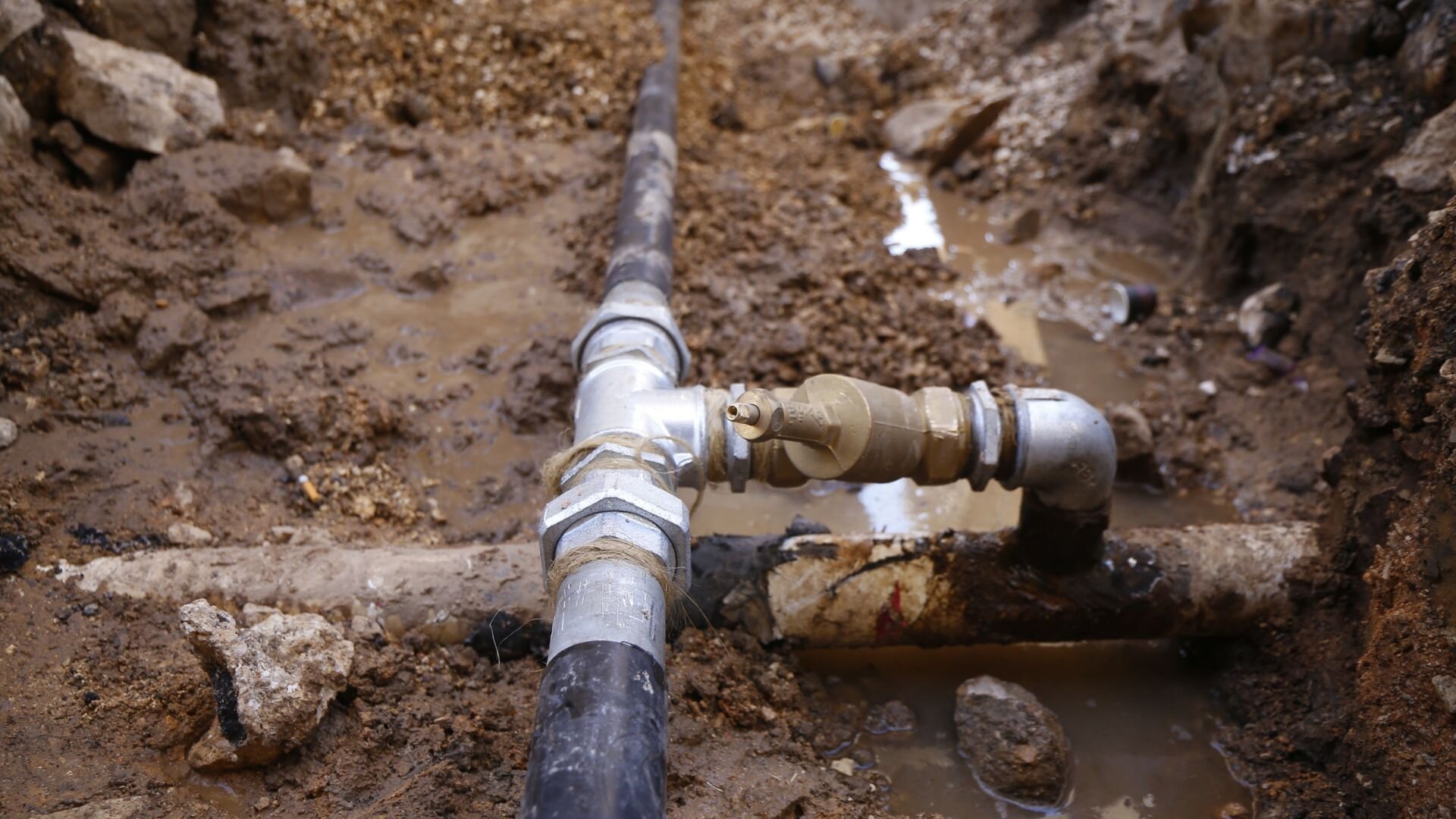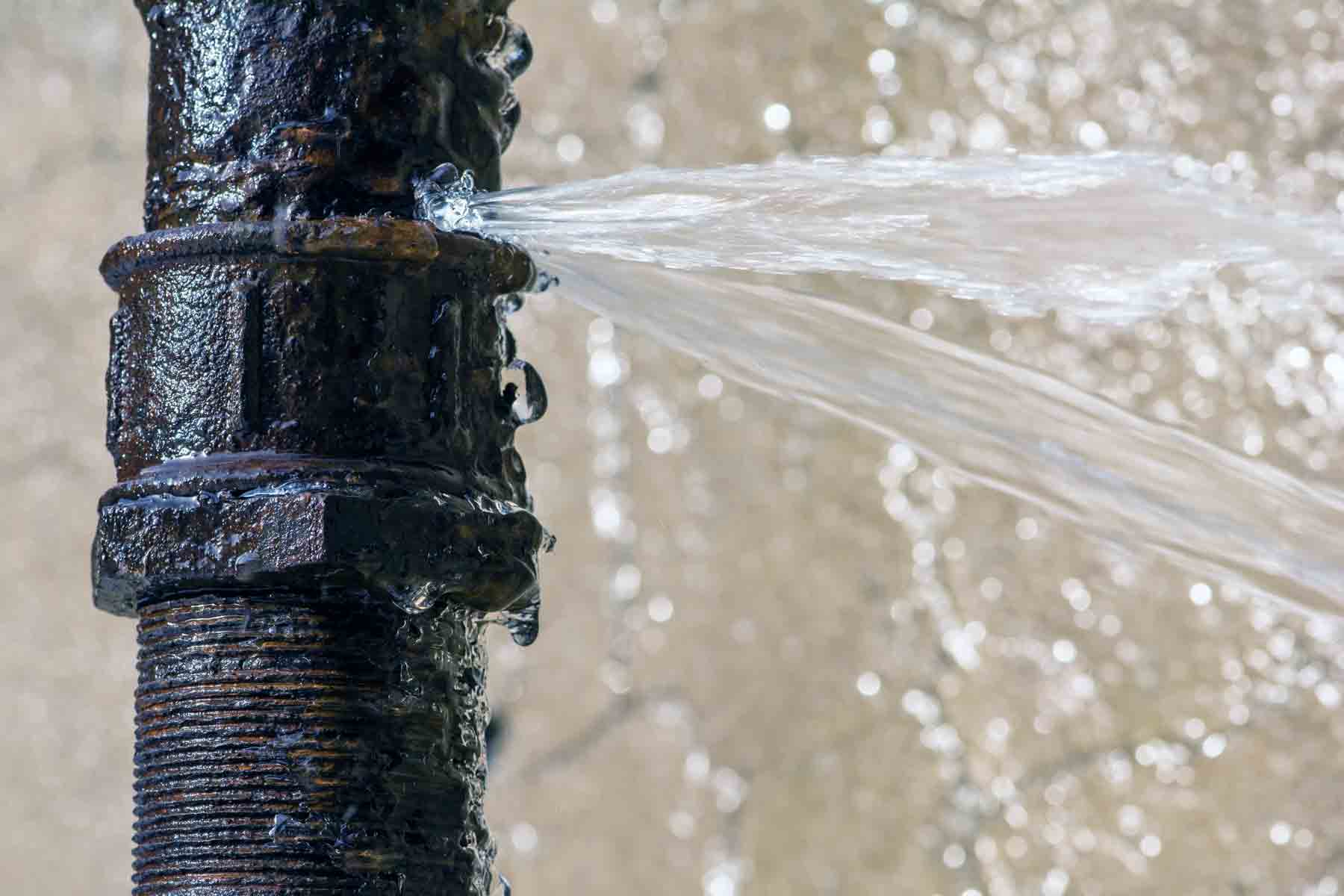Emergency Burst Pipe Services: Fast Response to Avoid Extensive Damage
Emergency Burst Pipe Services: Fast Response to Avoid Extensive Damage
Blog Article
Stopping Burst Piping: Crucial Tips to Safeguard Your Pipes
Protecting against burst pipes is an essential issue for house owners, particularly during chillier months when the threat of freezing is heightened. Carrying out critical measures such as proper insulation, routine assessments, and keeping consistent indoor temperatures can substantially lower the likelihood of pipe failure.
Understand Pipeline Vulnerabilities
Recognizing pipeline vulnerabilities is important for efficient plumbing maintenance and avoiding expensive damage. A number of elements add to the vulnerability of pipes to bursts, including material composition, age, and ecological problems. Older pipelines, especially those made from galvanized steel or polybutylene, commonly break down gradually, causing enhanced risk of leaks and tears.
Temperature fluctuations can also considerably impact pipeline honesty. In chillier climates, water entraped in pipes can freeze, increasing and applying stress on the pipeline walls, which might eventually cause a burst. Furthermore, high water pressure can stress pipes, particularly at bends and joints, increasing the possibility of failing.

Insulate Piping Properly
Appropriate insulation of pipes is crucial for avoiding freezing and subsequent bursts during chilly climate (burst pipe). Protecting your pipes system properly safeguards versus temperature level goes down that can lead to costly damage. Begin by identifying vulnerable areas where pipes are exposed to outdoor temperatures, such as basements, attic rooms, and outside wall surfaces
Usage foam pipeline insulation sleeves or wrap insulation tape around these areas to offer a protective barrier. Ensure that all sections of the pipelines, specifically those with minimal warm exposure, get sufficient insulation. Pay special focus to installations and joints, as these are a lot more vulnerable to freezing.
When insulating, it's necessary to select materials that meet neighborhood building regulations and are suitable for the specific setting. For example, fiberglass insulation is typically recommended for its thermal resistance residential properties - burst pipe. In addition, think about using warm cable televisions or tape in severe conditions, which can be connected in to supply additional warmth
On a regular basis examine shielded pipelines for any signs of wear or damages, as compromised insulation can reduce its effectiveness. By taking these aggressive steps, you dramatically minimize the risk of pipeline ruptureds, guaranteeing a reliable pipes system throughout the winter season.
Maintain Consistent Temperature
A steady indoor temperature is vital for protecting against ruptured pipelines throughout the icy months. When temperatures decrease, water within pipes can freeze, expanding and creating stress that might eventually cause the pipes to ruptured. To minimize this danger, homeowners should maintain a regular temperature level throughout their living room, preferably no lower than 55 ° F(13 ° C)Utilizing a programmable thermostat can aid handle indoor temperature levels successfully, making sure that rooms with pipes stay warm also when your house is vacant. Pay special interest to areas that are extra prone to chilly, such as attics, garages, and basements. Keeping closet doors open under sinks can likewise allow warmer air from the home to flow around plumbing.
This small circulation of water can avoid freezing by alleviating stress within the pipes. By executing these approaches, property owners can considerably minimize the danger of pipe ruptureds and secure their pipes systems against the rough winter season components.
On A Regular Basis Evaluate Plumbing
Routine evaluations of plumbing systems are critical for stopping burst pipelines and keeping general home integrity. Throughout these inspections, it is important to analyze visible pipelines for indications of corrosion, leakages, or use.
In addition, checking joints and links is vital, as these factors are commonly susceptible to leaks. Homeowners ought to additionally examine water stress levels, as too much pressure can strain the pipes system and boost the threat of pipe bursts.
Take into consideration organizing expert plumbing evaluations at least special info as soon as a year, particularly prior to winter season, to ensure your system is prepared for cooler temperature levels. By being positive in your approach, you can secure your home versus the turbulent and costly effects of burst pipes.
Know Emergency Treatments
Understanding emergency situation treatments is vital for every property owner, specifically after conducting routine pipes examinations. Being prepared for a plumbing emergency can substantially minimize damages and conserve prices.
Following, maintain important tools helpful. A pipes emergency situation package should consist of a wrench, plunger, and towels, in addition to a flashlight and a container for little leakages. Furthermore, think about having the call info for a relied on plumbing professional conveniently offered, needs to the scenario rise past your control.
If you find a leakage or ruptured pipe, right away turn off the supply of water and read more notify your plumbing. Document the damage with pictures for insurance coverage functions. Recognize the signs of potential pipes problems, such as unusual water stress changes or damp areas on walls
Inevitably, positive knowledge and speedy activity are important in handling pipes emergencies, ensuring your home continues to be secured and lessening potential damages.

Final Thought
In final thought, avoiding burst pipelines demands a diverse method that includes understanding pipeline susceptabilities, proper insulation, maintaining regular indoor temperatures, normal assessments, and understanding of emergency treatments. By carrying out these vital techniques, the threat of pipes failures can be dramatically minimized, thus ensuring the durability and efficiency of the pipes system. Proactive actions not only safeguard against potential damage yet likewise add to overall water preservation and the protection of building.
In chillier environments, water trapped in pipelines can ice why not look here up, exerting and increasing pressure on the pipe wall surfaces, which might ultimately lead to a ruptured. When temperatures decrease, water within pipelines can freeze, creating and broadening stress that may eventually trigger the pipelines to ruptured. By executing these techniques, house owners can considerably reduce the danger of pipeline ruptureds and protect their pipes systems against the severe winter months elements.

Report this page